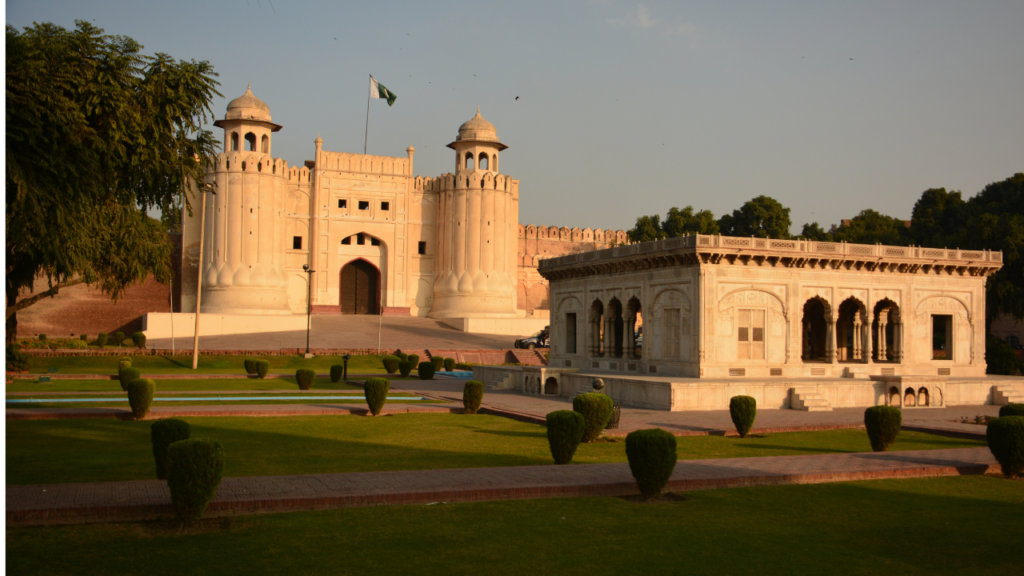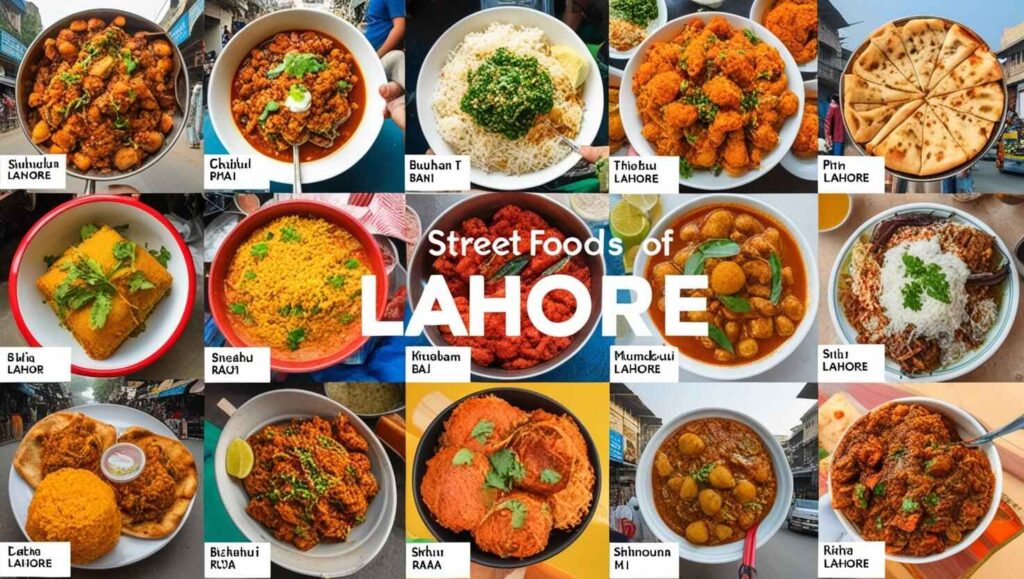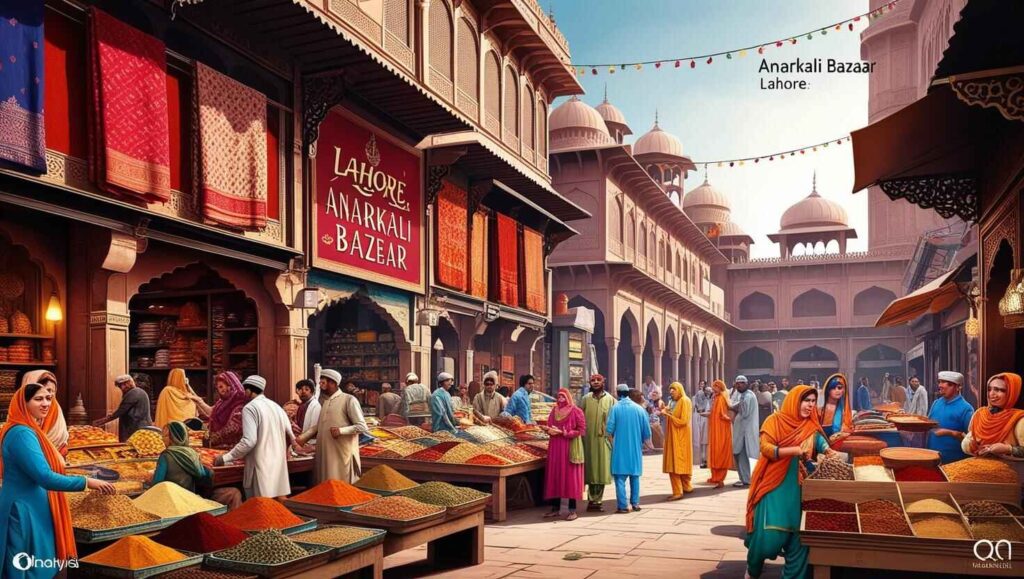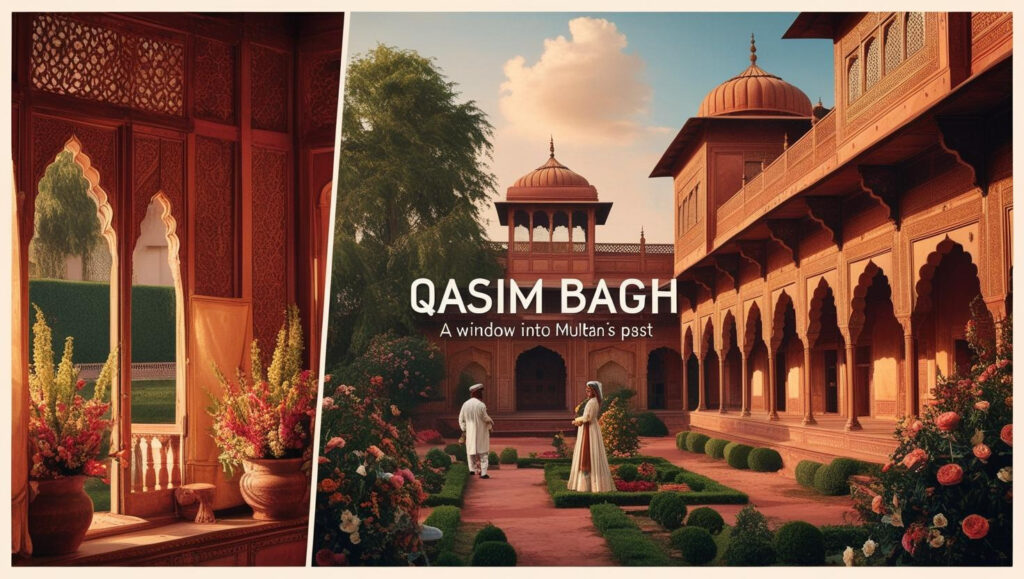Discovering the Best Nihari in Islamabad

When it comes to traditional Pakistani cuisine, Nihari holds a special place in every food lover’s heart. This slow-cooked, spicy meat stew symbolizes comfort and richness. For many, it’s the ultimate breakfast indulgence, while others enjoy it any time of the day. If you’re in Islamabad and looking to satisfy your Nihari cravings, this guide […]
Unique Travel Gadgets 2025: For a Trip to Pakistan

Are you planning a trip to Pakistan in 2025? This diverse and stunning country offers everything from bustling cities to serene mountain landscapes. To make your adventure seamless and enjoyable, equipping yourself with the latest travel gadgets is essential. Here’s a curated list of unique travel gadgets for flying, road trips, and everyday exploration, tailored […]
Lahore Fort

Introduction Nestled in the heart of Lahore, Pakistan, the Lahore Fort is not only a magnificent Mughal-era structure but also stands as a testament to centuries of rich history and architectural beauty. Furthermore, this fort, recognized as a UNESCO World Heritage Site, invites visitors to explore its grand palaces, intricate designs, and historical landmarks. As […]
Badshahi Mosque

Introduction Nestled in the heart of Lahore, Pakistan, the Badshahi Mosque stands as one of the largest and most breathtaking mosques in the world. The Mughal Emperor Aurangzeb built in 1673. It serves not only as a place of worship but also as a symbol of rich cultural and historical heritage. Travelers, historians, and admirers […]
Top 10 Street Foods to Try in Lahore

Top 10 Street Foods to Try in Lahore Lahore represents the heart of Pakistan’s food culture. The city bursts with rich flavors and vibrant street food options that thrill locals and tourists alike. Explore the famous Lahore Food Street Restaurant offerings or dive into the lively Anarkali Food Street Lahore to enjoy something extraordinary. Let’s […]
Anarkali Bazaar

Introduction Anarkali Bazaar in Lahore is a vibrant, historic marketplace that encapsulates the spirit and culture of Pakistan. Known for its unique blend of tradition and modernity, this bazaar is a must-visit for anyone looking to explore the rich heritage of Lahore. With its wide array of shops offering everything from traditional clothing to modern […]
Qasim Bagh: A Window into Multan’s Past

Introduction Qasim Bagh is one of the most famous historical landmarks in Multan, Pakistan. This stunning place reflects the cultural and historical richness of the region. Located near the city center, there is attracts visitors from all over the country. The site is known for its historical significance, beautiful architecture, and serene surroundings. Historical Background […]
Restricted Areas of Pakistan: What You Need to Know

Pakistan is a country of immense beauty, rich history, and diverse culture. Its breathtaking landscapes attract adventurers and tourists from around the world. However, like many countries, Pakistan has some regions that are restricted for security, political, or environmental reasons. Understanding these areas is essential for travelers to ensure a safe and enjoyable trip. This […]
Is Pakistan Safe to Travel?

Pakistan, with its stunning landscapes, rich culture, and warm hospitality, has always intrigued travelers worldwide. From the majestic peaks of the Karakoram to the bustling streets of Lahore, the country offers experiences unlike any other. However, one question often lingers in the minds of potential visitors: Is Pakistan safe to travel? The answer is both […]
Dos and Don’ts for Traveling in Pakistan

Pakistan is a country of incredible beauty, rich history, and diverse cultures. From majestic mountains to vibrant cities, the country offers something for every traveler. However, understanding local customs, safety tips, and cultural sensitivities can make your trip more enjoyable and stress-free. Here is a comprehensive guide on the dos and don’ts for traveling in […]